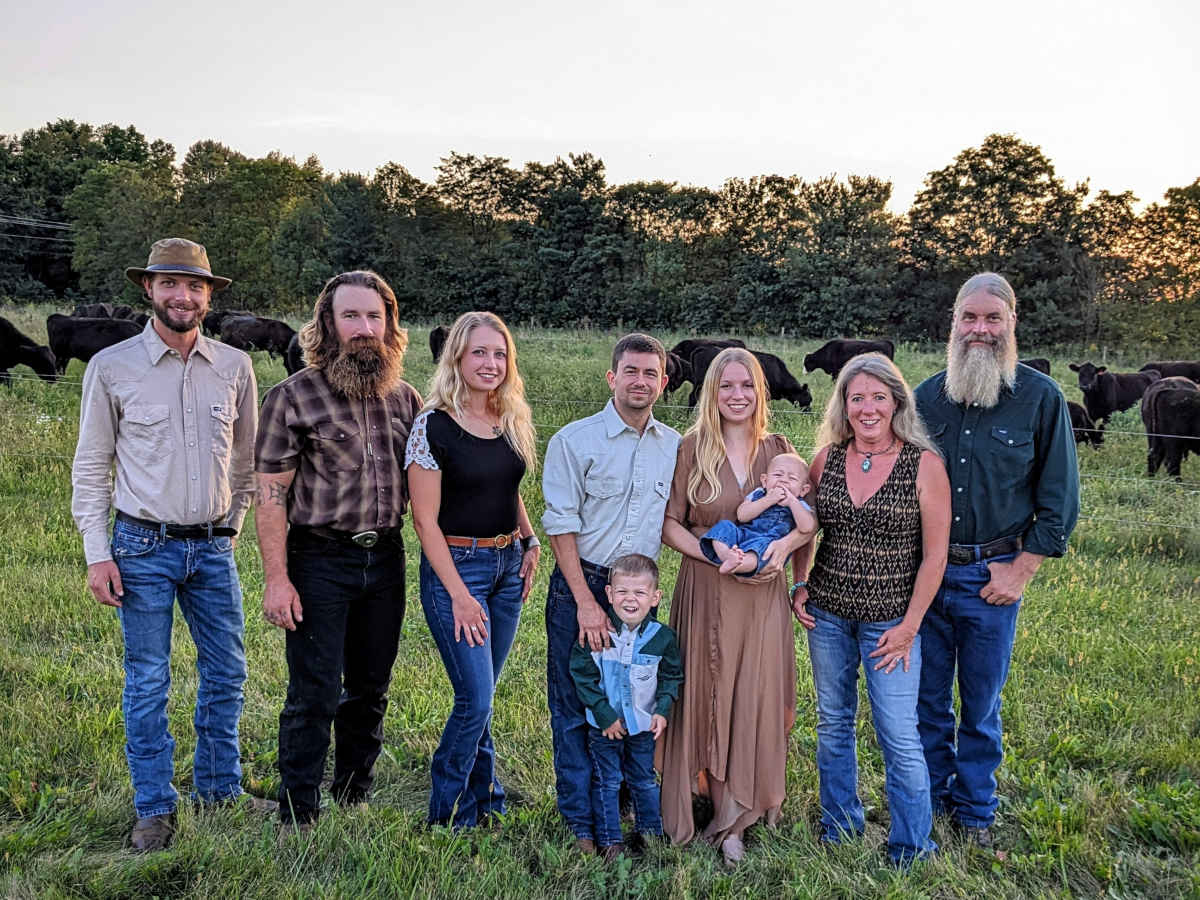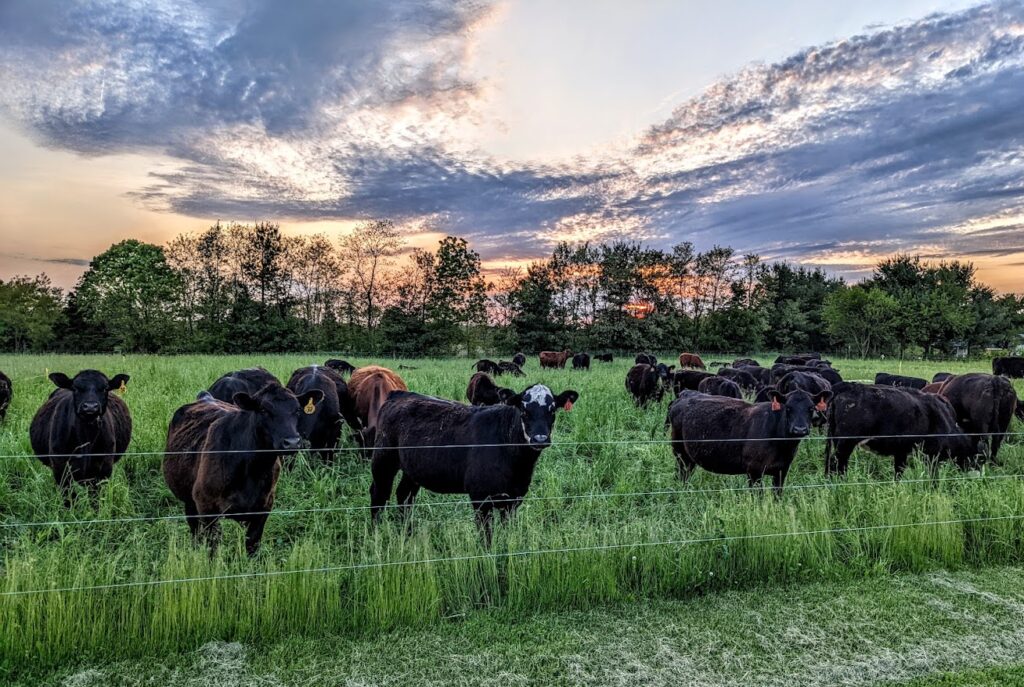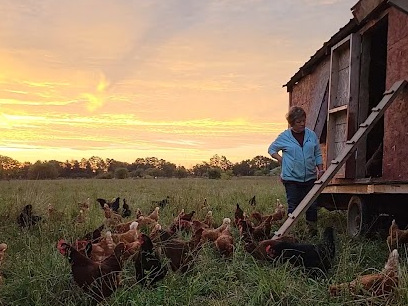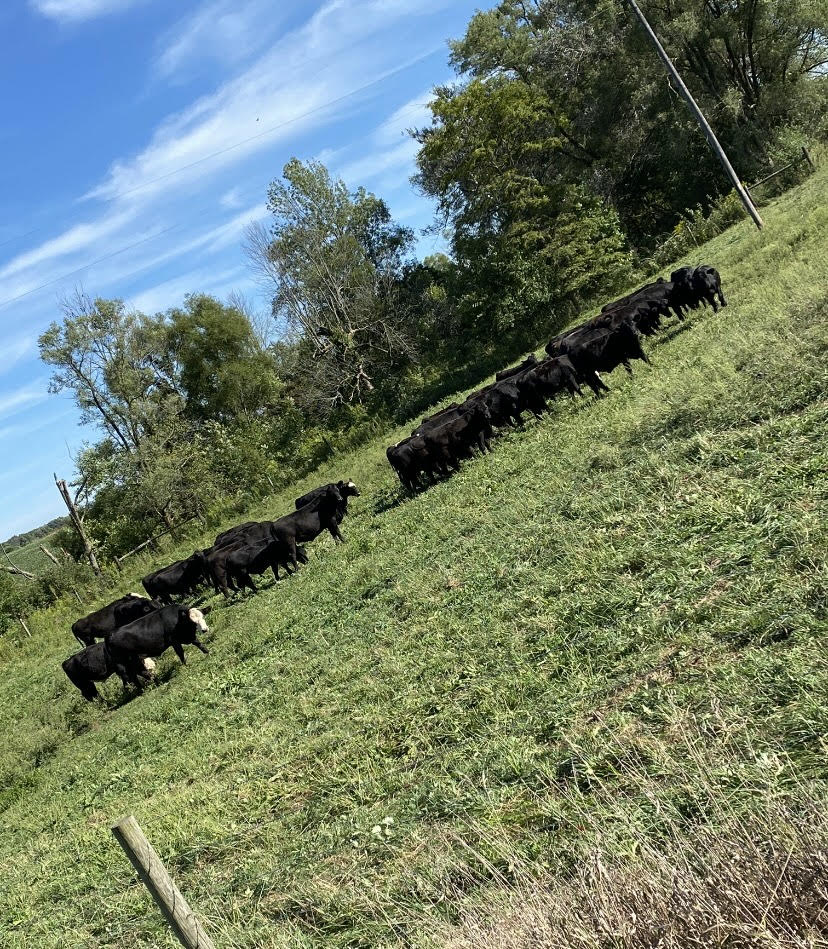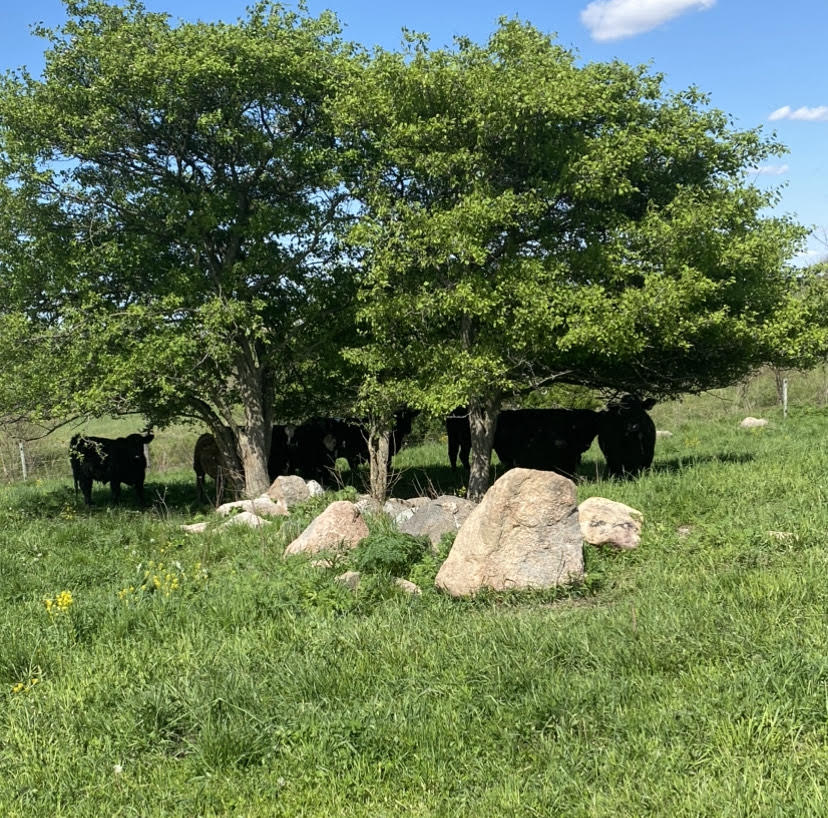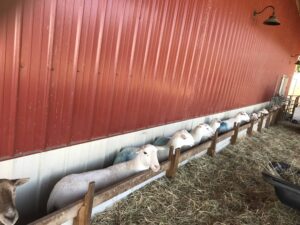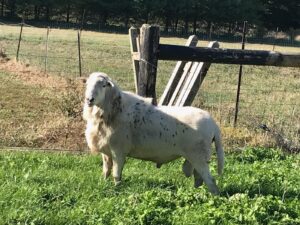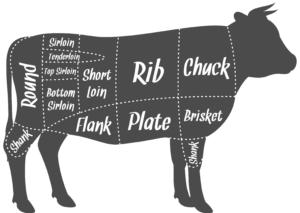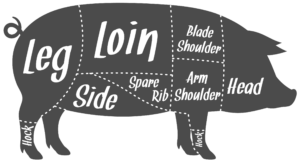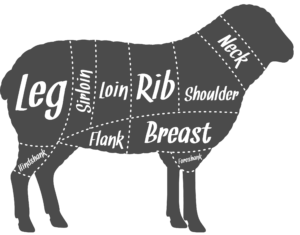Reprinted from OnlyGrassFed.com
Grass fed beef is full of flavor and extremely tender if cooked right. But you cannot cook it the same way as you cook conventional grain fed beef or you will over cook it and end up with a tough, dry piece of meat. The first time we bought an expensive piece of all natural, grass fed beef, we were filled with excitement. It was a bone-in ribeye and a thing of beauty. We heated up the grill on high just like we always did with our grocery store bought steaks and threw our ribeye on the grill. Not only did the meat taste different (which we now love and prefer), it was tough, chewy and anything but tender. Talk about disappointment!
Since grass fed beef is high in protein and extremely low in fat, it will usually cook in 30%-50% less time. Additionally, over cooking it will cause this healthful meat to lose many of the beneficial nutrients (the more cooked, the more Omega 3s and CLAs you lose.)
We don’t want you to make the same mistake, so we’ve put together the following grass fed beef cooking tips.
Grass Fed Beef Cooking Tips
1. Lower the cooking temperature. If your grill, oven or stove top is too hot, you will cook off the beneficial fat and dry this beef out quickly. Low and slow is the way to go with this beef. A general rule of thumb is cut the temperature down by at least 50 degrees. For roasts, cook at 225 degrees or in a crock pot. For steaks, you can sear on medium, but then quickly move to low heat to slowly finish the cooking process. Unlike grain fed beef which requires a higher searing temperature, grass fed beef will sear on medium.
2. Invest in a meat thermometer. Most people can cook a conventional grain fed steak perfectly just by eyeballing it. But with grass fed beef, there’s less wiggle room because grass fed beef cooks quickly and can go from perfectly cooked to overcooked in less than a minute. Remove it from the heat source when it is 10 degrees below your desired cooking temperature. Don’t worry, it will continue to cook once it’s taken off the grill.
The suggested internal cooking temperatures for grass fed beef are 120 – 140o Fahrenheit (which is lower than the USDAs guidelines for beef which is 145 – 175o). Here’s how the grass feed beef cooking guidelines break down:
Rare — 120F
Medium Rare — 125F
Medium — 130F
Medium Well — 135F
Well — 140F
Just remember, if you like your meat more on the medium to well done side, make sure you turn the heat way down to allow the meat to cook slowly. Your patience will be rewarded.
note: These suggested cooking temperatures come from The Grass Fed Gourmet cookbook by Shannon Hayes.
3. Let it rest on the counter top for 10 minutes. While your meat was cooking, all the water molecules were heated up and excited. Resting it allows the juices to redistribute. Cutting into it too soon will allow all the moisture to drain out. The result? More moisture on the plate than in your mouth.
4. Start with steaks and roasts that are at room temperature before cooking. Thaw your meat in the refrigerator, or if you are in a hurry, in an air tight bag submerged in cool water. But never thaw it in the microwave. Once it is thawed, allow it to come to room temperature covered on the counter top before cooking. This prevents the meat from being shocked when you put it on the hot surface.
5. Tenderize. One great way to tenderize grass-fed beef is to use a tenderizing marinade. We got this tip from Stanley Fishman’s Tender Grass Fed Meat, Traditional Ways To Cook Healthy Meat cookbook. This basic marinade involves rubbing beef with 2 or more tablespoons of Organic, Unfiltered Extra Virgin Olive oil. The unfiltered oil contains enzymes that help tenderize the beef and enhance the flavor. Let the oil soak into the meat for two hours at room temperature (overnight if in the fridge). For some of the tougher cuts of beef, try a more physical approach. Cover the beef with plastic and pound your steak a few times to break down the connective tissue. But no need to pulverize it! A few whacks should do the trick.
Follow these tips and you will experience an extremely tender, flavorful and healthful piece of meat.
